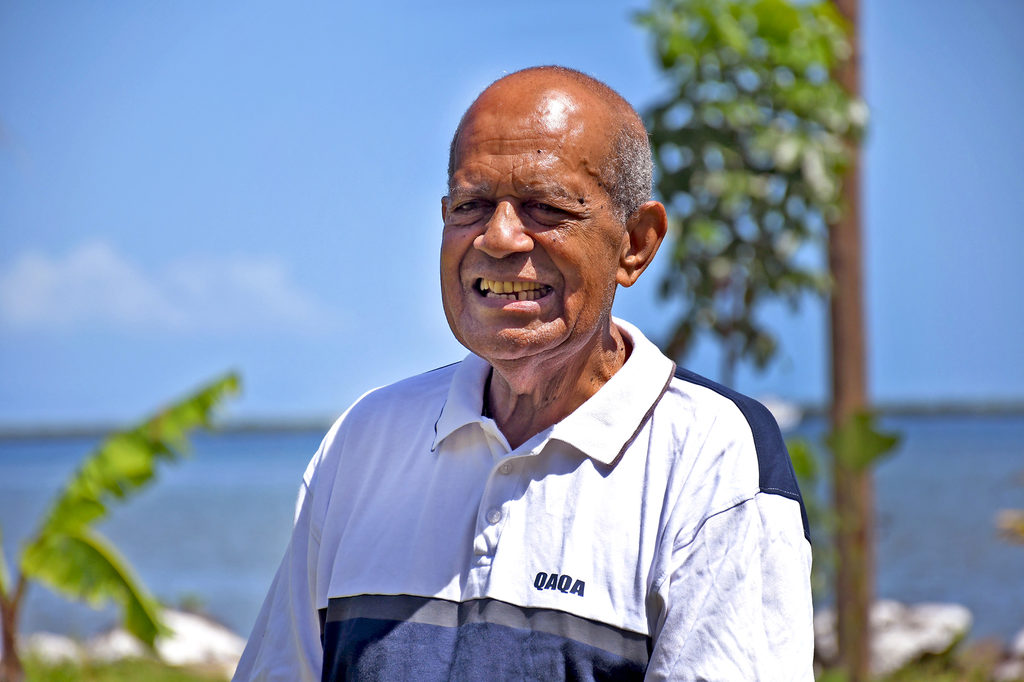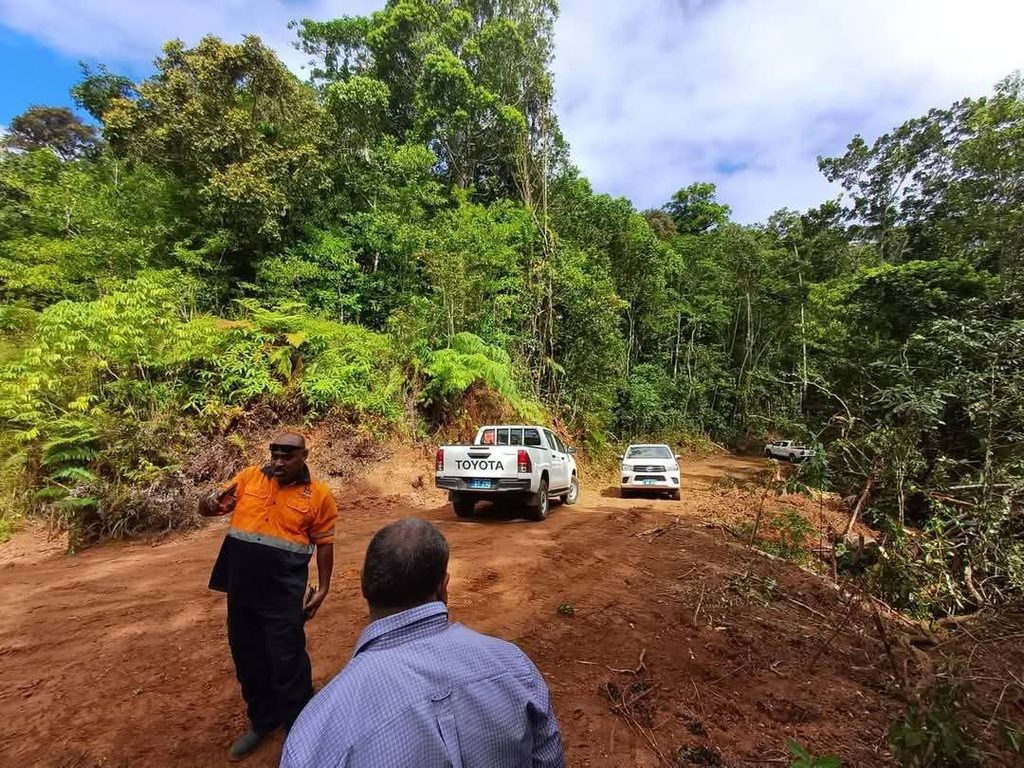THE Saru-Tavakubu Water Catchment was the main water source for the City of Lautoka during the Colonial era when the sugarcane industry was taking root in Fiji.
Located about five kilometres from the city, work on the catchment area began in June, 1924, when more than 3170 acres of land were acquired by the Colonial Government to be used as a water catchment area.
Apart from it being the location of a vital water source, the 3177 acres of native land were also where the Forestry Experiential Station was situated.
Na Turaga Taukei Vidilo, Ratu Wiliame Bouwalu Saumaimuri, shared his thoughts about the acquisition of the land by the Colonial Government which labelled it Native Grant 187 (NG187).
“The history of this land dealings started in 1924 when the landowning units of Namoli, Saru and Vitogo agreed to have some parcel of land with an area of about 3177 acres leased to government from the Nadakuvatu Mataqali of Saru Village, the Noi Batiri Mataqali of Namoli Village, the Vidilo Mataqali of Namoli Village, the Matarasiga Mataqali of Vitogo and the Tunuloa Mataqali of Vitogo,” said Ratu Wiliame.
Nadakuvatu’s land, according to him, was sold for 331 pounds.
“Noi Batiri sold theirs for 31 pounds, Vidilo 108 pounds, Matarasiga 92 pounds and Tunuloa 73 pounds.
“The land was initially 2003 acres and was first negotiated from the Vidilo and Noi Batiri mataqali which gave 47 acres at a cost of three shillings per acre.
“But at that time, the government needed to purchase more land to cover the water catchment area, so the other three tribes, Nadakuvatu of Saru Village, Mataqali Tunuloa and Matarasiga of Vitogo were recommended to be included in the negotiations of the land.”
Ratu Wiliame explained the land area was then increased to the current 3177 acres and signed off by the then Buli of Vitogo, the late Joseva Tana.
“The late Joseva Tana negotiated on behalf of all these mataqali then leased these lands on behalf of the natives for the consideration of more than 630 pounds.
“According to the history of this land, the government then approved the acquisition of the land in 1926, and it was issued to the colonial secretary on behalf of the government.”
From then onwards, the area became the Saru-Tavakubu Water Catchment. It held this important role until 1982 when the Vaturu Dam, in the highlands of Nadi, was commissioned and became a newer and more improved source for not only Lautoka City but neighbouring towns and villages.
Seventeen years later, Sitiveni Rabuka became Prime Minister in the 1999 SVT-led government.
It was under Mr Rabuka when it was decided by his then Cabinet to return some parts of this land to the original owners because it was no longer needed.
This news reached current Vitogo district spokesperson Joeli Sauqaqa who was in his mid-30s at the time.
“When we heard that we could be getting our land back, we were very happy. At that time, we were told Rabuka wanted to do it properly and legally. So, we waited,” Mr Sauqaqa said.
He said what should have been only a few months of waiting turned into more than 25 years.
“Rabuka lost the elections in 1999. It was at his fingers, but it slipped away.”
Taukei Vidilo Ratu Wiliame recalls their experiences after that year’s general elections.
“We had been informed in 1999 that the government had approved the reversion of part of the land to the original landowning units on the rationale that the land concerned was no longer needed for the original purpose it was intended for.
“However, following the years there have been much discussion with relevant stakeholders and landowning units and these caused a lot of delays, complemented with delays in surveys and poor documentation.”
This year, however, with Rabuka back in power, the landowning units finally received news of what they have been waiting for — NG187 was going to be returned to them.
On February 18, 2025, and 101 years later, Cabinet approved the proposal from the Ministry of Lands and Mineral Resources that NG187 be handed back to the five landowning units.
Minister for Lands Filimoni Vosarogo said the process was delayed because proper land surveys had to be done.
“Now, the survey is finished and registered. The Coalition Government has completed the process to return the land to the original landowners,” Mr Vosarogo said.
Seven acres of the land, he said, were returned to Nadakuvatu while the rest of the mataqali would continue to lease their land to the Government through the iTaukei Lands Trust Board.
When the decision was announced, Mr Sauqaqa expressed his elation over the end of a 26-year long wait.
“This land has a lot of history, but right now we don’t want to go back to that.
“Now it is about looking forward and looking at the opportunities this could bring for our people and our future generations,” Mr Sauqaqa said.
Turaga Taukei Vidilo, Ratu Wiliame Bouwalu Saumaimuri at his home in Namoli Village, Lautoka. Picture: REINAL CHAND



